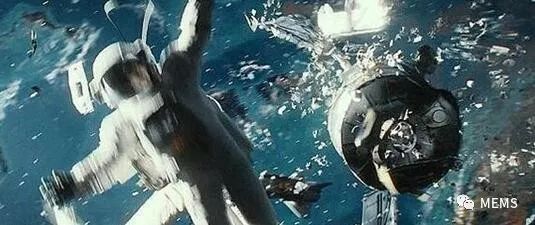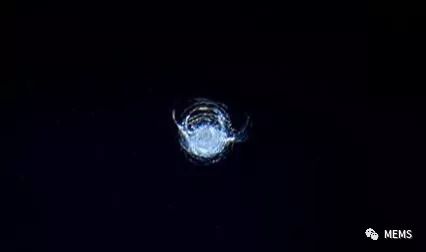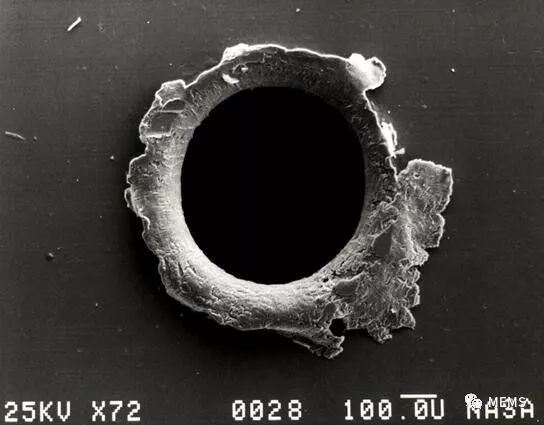NASA hopes to use space debris sensors to understand the dust-sized micro-fragments that orbit the Earth. With these sensor data, scientists can determine the orbits of these micro-fragments to provide clues to their sources. By accurately estimating the number of micro-fragments, scientists can infer and predict the number of objects larger than 1 mm and less than 10 cm.

The Hollywood blockbuster Gravity once portrayed the worst possible scenario of space junk NASA hopes to use the Space Debris Sensor (SDS) to learn more about dust-sized micro-fragments that orbit the Earth. Recently, the sensor is scheduled to be shipped to the International Space Station by a spacecraft launched by Space Exploration Technologies. Using ground-based radar, the US Air Force is continuing to track about 23,000 space debris larger than baseball, allowing satellite operators to avoid collisions with maneuvers. But little is known about smaller space debris.

A small 7-mm-small SDS found on a window of the International Space Station will study objects moving at less than 1 mm at high speed, and they will still cause real damage. If a satellite is in orbit for 10 or 15 years, these small scratches can affect the satellite by damaging the sensor or wearing material. NASA has previously studied micro-fragments by examining the space shuttle's windows and radiators. These tiny collisions caused dents to return to Earth's space shuttle. A detailed ground inspection can estimate the size of the object that hits it, but the information available from it is limited.

Fine image of tiny debris
After installation on the International Space Station, the new sensor is better able to handle real micro-fragmentation information. It is understood that the 1 square meter detector on the SDS contains a thin layer of sensors embedded in the thin wire mesh. When micro-shards hit the surface of the SDS, it destroys many of these wires, which is related to the size of the particles. For the destruction of the lower sensor layer, information is provided for understanding the velocity and trajectory of the particles. The back panel will measure the strength of the impact, helping scientists estimate the density of the object.
With this data, scientists can determine the orbits of these micro-fragments to provide clues to their sources. For example, an elliptical orbit indicates that a particle is a natural micrometeoroid; and a circular orbit means it may have fallen from an artificial satellite. By accurately estimating the number of micro-fragments, scientists can infer and better predict the number of objects larger than 1 mm and less than 10 cm.
40 Port Usb Charger,Usb Power Strip,Multiple Usb Charger,40 Port Multiple Usb Chargers
shenzhen ns-idae technology co.,ltd , https://www.szbestchargers.com